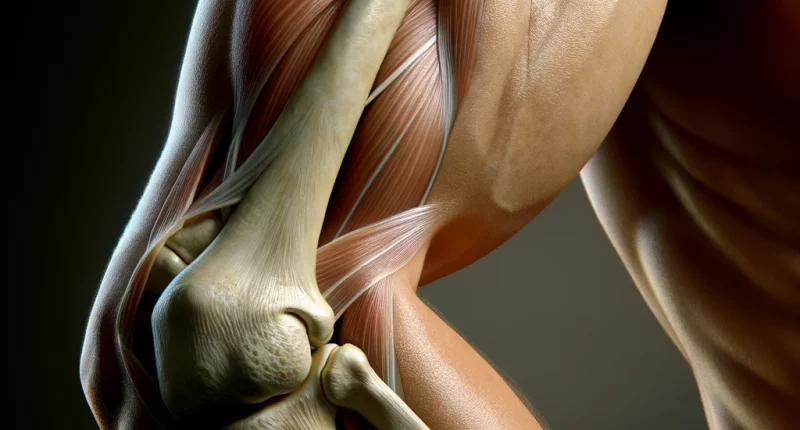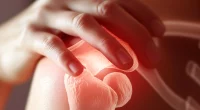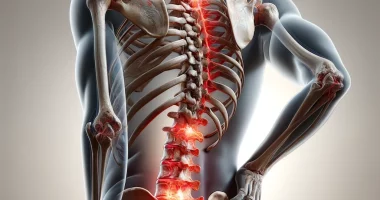Elbow dislocation
What’s that?
Elbow dislocation is a disruption of the articular morphology between the radius and/or ulna with simultaneous involvement of the humerus. It’s a common joint dislocation after the shoulder, often resulting from falls, sports injuries, or accidents. Understanding elbow dislocation, including its causes, symptoms, diagnosis, treatment, and recovery, is crucial for effective management and prevention of complications.
Understanding Elbow Dislocation
The elbow is a complex hinge joint that allows for the extension, flexion, and rotation of the forearm. Dislocation can vary in severity from simple, where no major bone injury is present, to complex, involving fractures and significant soft tissue damage.
About the disease
Dislocations of the right or left forearm are one of the most common injuries, especially in children. This is because the joint capsule is relatively thin, and the reinforcing ligaments running along the sides cannot fix the anterior and posterior segments.
Dislocation is manifested by intense pain, swelling of soft tissues, and disruption of the elbow shape (dislocated bone can lead to external or internal deformity). The diagnosis is confirmed by radiographic examination. Treatment of this injury in most cases is conservative – manual repositioning under anesthesia with subsequent application of a fixation rigid bandage.
Types
Sprains are classified into two categories:
- complete, when the articular ends have no points of contact with each other;
- incomplete, when there is partial contact between the bones involved in the formation of the joint.
Sprains are also categorized into two variants:
- isolated, when either the radius or ulna is dislocated in the area of the shoulder joint (these types of injuries are usually rare);
- Combined, when the dislocation affects both forearm bones simultaneously (this is the most common variant of injury).
Depending on the direction of the dislocated bone segments, the following types of dislocations are distinguished:
- front;
- rear;
- internal;
- exterior;
- divergent.
Symptoms
Forearm bone dislocations may present with the following symptoms:
- intense painful sensations;
- forced atypical position of the upper extremity;
- change in the shape of the elbow;
- swelling and lividity of the skin and subcutaneous tissue;
- limitation of movements in the elbow (both active and passive actions become impossible);
- change in arm length – in an anterior dislocation, it is shortened, and in a posterior dislocation, on the contrary, it is lengthened.
Reasons
Dislocation of the forearm bones may be related to one of the following factors:
- Traumatic impact to the elbow, often from outstretched hand falls.
- Sports injuries, particularly in contact sports.
- Vehicle-related accidents.
- Sudden twist or force applied to the elbow.
Risk factors include participating in high-risk sports, previous dislocations, and conditions that weaken the ligaments.
Diagnosis
Diagnosis of forearm dislocation is based on the analysis of complaints, the fact of injury, the data of objective examination and palpation, and radiography results. In complex clinical cases, computerized or magnetic resonance imaging may be required.
Diagnosis involves a physical examination and imaging tests:
- Physical Examination: Checking for visible deformity, swelling, and assessing the range of motion.
- X-rays: To confirm dislocation and check for fractures.
- CT scans or MRIs: For a more detailed view of the elbow structures and to assess soft tissue damage.
Treatment of elbow dislocation
Conservative methods mainly carry out treatment of elbow dislocation. However, in some cases, there may be indications for surgical intervention.
Conservative treatment
Conservative treatment tactics for dislocation consist of the following steps:
- adequate anesthesia, which helps not only to eliminate painful sensations but also to relax the muscles of the upper limb;
- manual repositioning of the displaced articular end of the bone (according to a specific algorithm of actions, which is determined by the type of dislocation);
- immobilization: Using a splint or sling to keep the elbow in place during the initial healing phase.
- physical Therapy: Begins after a brief period of immobilization to restore function and strength.
Surgical treatment
Surgery is only performed for complex dislocations that are combined with a fracture of the bones of the forearm or upper arm.
- Open Reduction and Internal Fixation (ORIF): Surgical alignment and stabilization of the elbow.
- Ligament Repair: To address significant ligament damage.
- Rehabilitation: Essential for restoring mobility and strength post-surgery.
All these treatment options are available in more than 790 hospitals worldwide (https://doctor.global/results/diseases/elbow-dislocation). For example, Surgical treatment of elbow instability can be done in 29 clinics across Turkey for an approximate price of $2.8 K (https://doctor.global/results/asia/turkey/all-cities/all-specializations/procedures/surgical-treatment-of-elbow-instability).
Recovery and Rehabilitation
Recovery time varies, ranging from a few weeks for simple dislocations to several months for complex cases requiring surgery. Rehabilitation plays a crucial role in recovery, focusing on:
- Gradually increasing exercises to improve range of motion.
- Strengthening exercises for the muscles around the elbow.
- Techniques to reduce stiffness and prevent contractures.
Prevention
Preventing elbow dislocations involves:
- Using protective gear during sports and high-risk activities.
- Strengthening exercises for the arm and shoulder.
- Education on safe practices in sports and physical activities.
Complications
- Potential complications of elbow dislocation include:
- Chronic instability or recurrent dislocations.
- Elbow stiffness or contractures.
- Nerve or blood vessel damage.
- Osteoarthritis in the long term.
Conclusion
Elbow dislocation is a serious injury that demands prompt medical attention. With appropriate treatment and dedicated rehabilitation, most individuals recover fully, regaining normal function and strength in the affected arm. Understanding the risks and implementing preventive measures can significantly reduce the chances of this injury.



